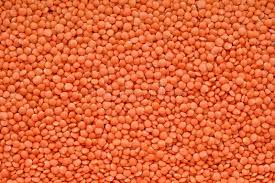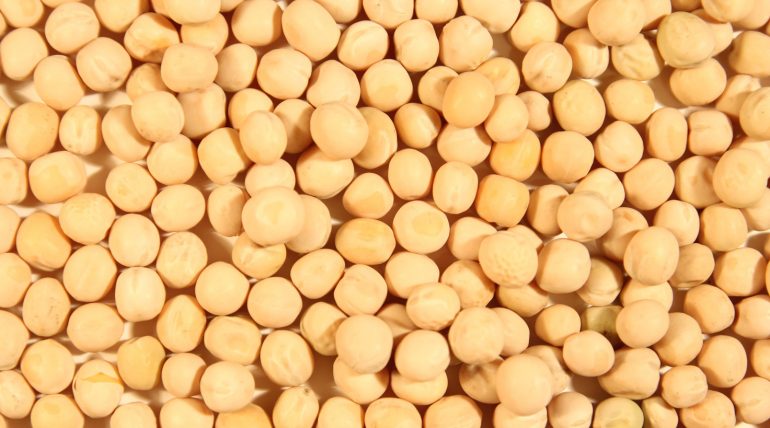Feb 0324: Red Lentils
Red lentil prices are basically sitting there. This is the calendar point where it’s foolish to offer a compelling fresh opinion. Why? Everybody always looks to India for guidance, and rabi crop pollination occurs in February. February to India’s chickpea, lentil and field peas is like July to Saskatchewan.
We know Australia recently harvested a bigger red lentil crop than Canada’s 2023 crop, first time ever, meaning a long tail of competitive offerings from two exporters. We also know that India will have a batch of freshly harvested market ready supply April forward. These will act as headwinds for months. We also believe that India domestic pigeon pea price should remain high until respective Nov-24 harvest repopulates new crop supply. Acting as a pigeon pea substitute, this means India sustains inflated red lentil consumption, likely by 0.75-1.0 MMT beyond normal.
Western Canada farmers always have the insight, a calendar benefit of India rabi crop prospects, before own seeding begins.






